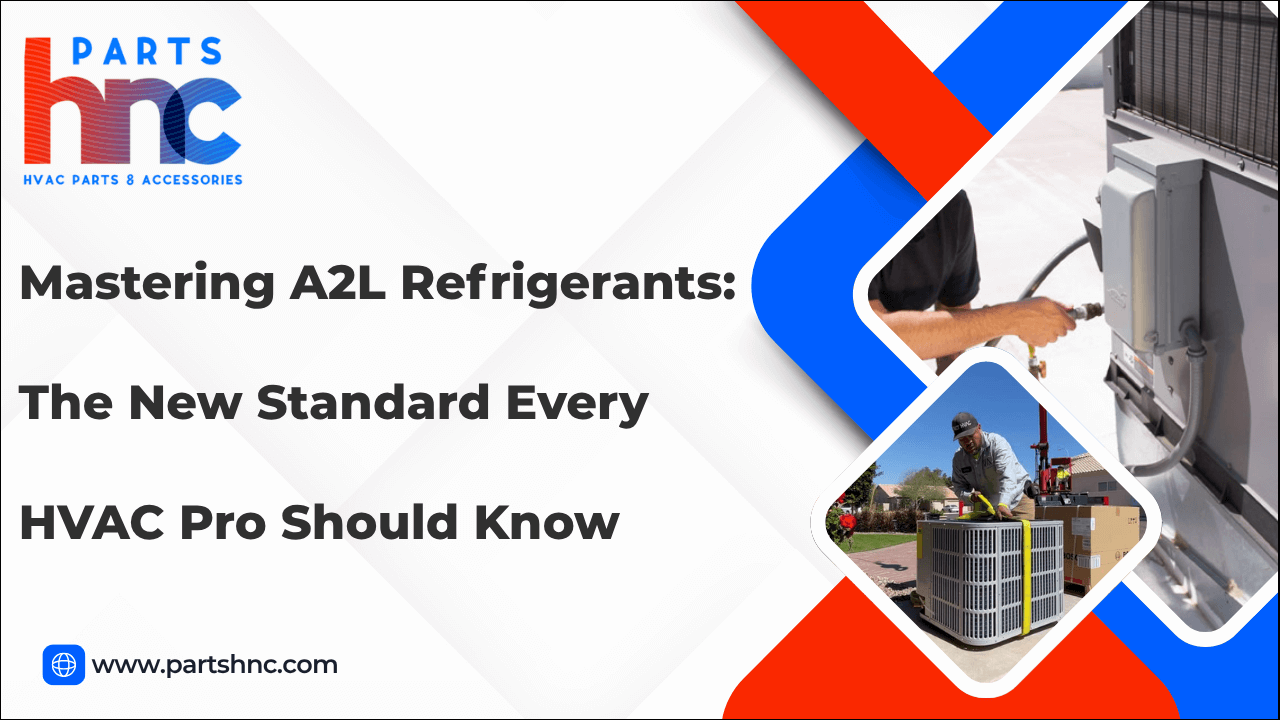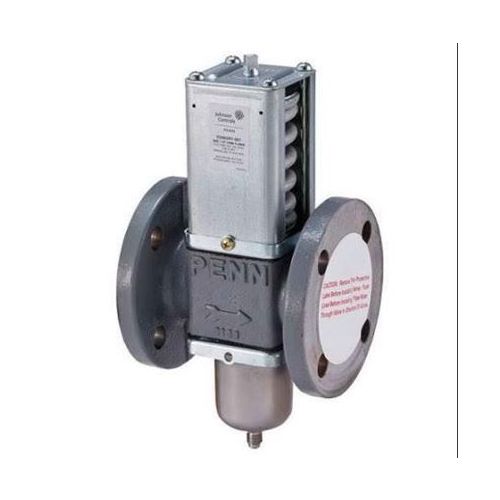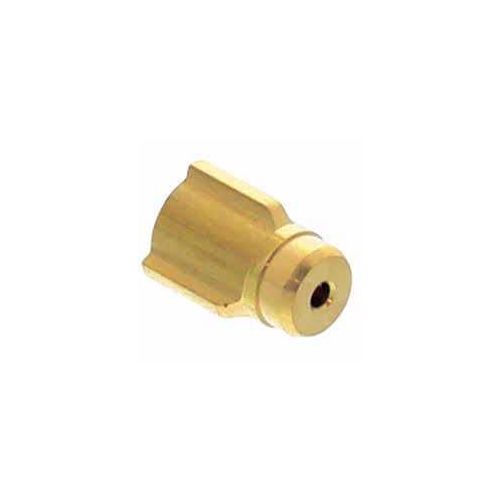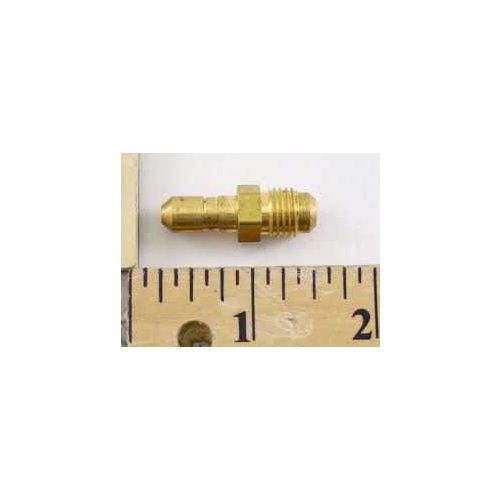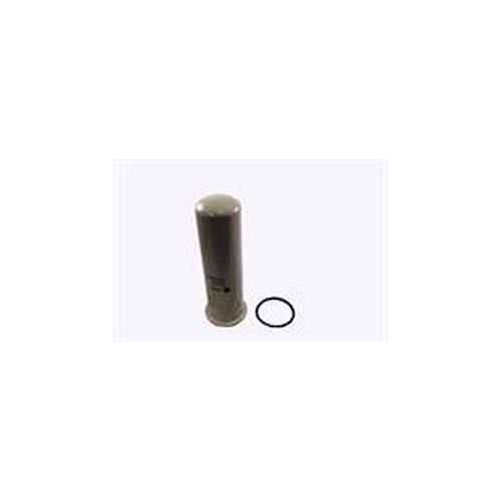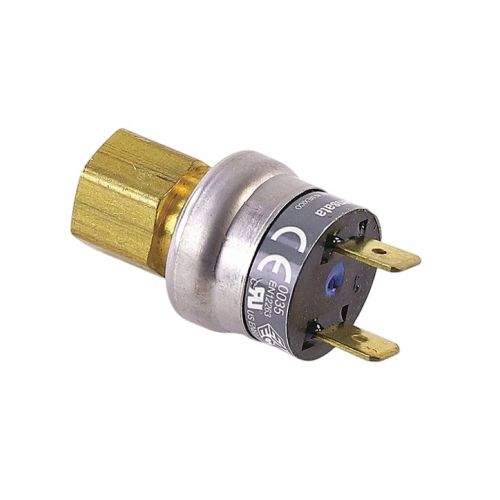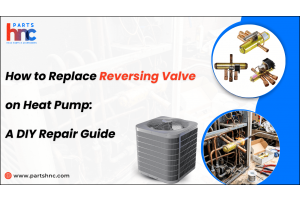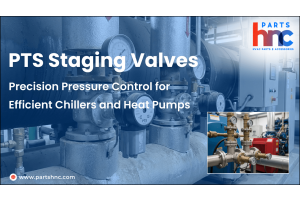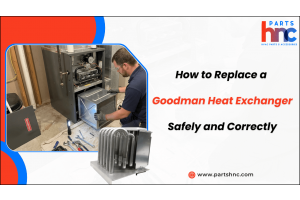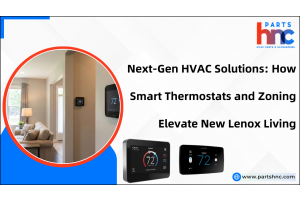Mastering A2L Refrigerants: The New Standard Every HVAC Pro Should Know
The HVAC industry is undergoing a major transformation driven by increasing environmental regulations and a growing demand for sustainable solutions. A2L refrigerants, characterized by their low global warming potential and mild flammability, are rapidly becoming the new standard in residential and commercial HVAC systems. Unlike traditional refrigerants, A2Ls offer a more eco-friendly alternative without compromising system performance. However, their mildly flammable nature means HVAC professionals must understand specific safety protocols and handling procedures. Mastering these refrigerants is essential not only for regulatory compliance but also for ensuring the efficiency and reliability of modern HVAC systems. This article will provide HVAC technicians with the critical knowledge and best practices they need to confidently work with A2L refrigerants and stay ahead in this evolving industry.
What Are A2L Refrigerants and Why Are A2L Refrigerants the New Standard?
Next-generation A2L refrigerants are distinguished by their mild flammability and low global warming potential (GWP). Classified by ASHRAE as "A2L," these refrigerants combine lower toxicity (Class A) with mild flammability (Class 2L), making them a safer alternative compared to highly flammable or high-GWP refrigerants used in the past. They primarily consist of hydrofluoroolefins (HFOs) and HFO blends designed to replace traditional refrigerants like R-410A and R-22.
Why A2L Refrigerants Are the New Standard:
As the demand for greener and safer cooling solutions rises, A2L refrigerants are becoming the go-to choice for HVAC professionals worldwide. Their unique combination of low global warming potential and manageable flammability makes them the future of refrigeration technology.
-
Environmental Compliance: A2L refrigerants have significantly lower GWPs, helping HVAC systems meet strict global environmental regulations.
-
Energy Efficiency: They provide superior thermodynamic qualities, which enhance system performance and reduce energy usage.
-
Safety Balance: Mild flammability allows for safer handling compared to highly flammable refrigerants, with proper protocols.
-
Regulatory Pressure: A2Ls are required to future-proof HVAC systems as governments around the world phase out high-GWP refrigerants.
-
Market Demand: Consumers and businesses increasingly prefer eco-friendly and sustainable cooling solutions, boosting A2L adoption.
As the HVAC industry shifts towards sustainability, A2L refrigerants provide the ideal balance of safety, performance, and environmental responsibility, establishing them as the new industry standard.
Key Differences Between A2L and Traditional Refrigerants
As the HVAC industry shifts toward low-GWP solutions, understanding the differences between A2L and traditional refrigerants is crucial. These differences impact safety, handling, and compliance.
|
Category |
A2L Refrigerants (e.g., R-32, R-454B) |
Traditional Refrigerants (e.g., R-410A, R-22) |
|
Global Warming Potential (GWP) |
Low GWP (typically under 750) |
Higher GWP (e.g., R-410A ~2088, R-22 ~1810) |
|
Flammability Classification |
Non-flammable or highly flammable (Class 1 or 3) |
Mildly flammable (Class 2L) |
|
Toxicity |
Low toxicity (Class A) |
Varies; mostly low toxicity, but some higher (Class A or B) |
|
Environmental Impact |
Environmentally friendly; minimal ozone depletion |
Some contribute to ozone depletion and have high GWP |
|
Safety Handling |
Requires specialized training and tools due to mild flammability |
Standard handling; less restrictive, but some older refrigerants are phased out for safety |
|
Regulatory Status |
Increasingly mandated or preferred globally due to environmental laws |
Additional training specific to A2L refrigerant handling |
|
Common Applications |
New residential and commercial systems |
Existing legacy systems and retrofit applications |
Check out this article on eco-cooling low-GWP units and energy-saving solutions to see how HVAC systems use A2L refrigerants for better efficiency and lower environmental impact.
Essential Safety Guidelines for Working with A2L Refrigerants
Unlike conventional refrigerants, A2L refrigerants require special safety precautions because of their mild flammability. HVAC professionals must adhere to updated codes, equipment requirements, and handling procedures to ensure safe and compliant work.
Follow Code-Compliant System Design (ASHRAE 15 & 34): All systems that use A2L refrigerants need to adhere to ASHRAE Standard 34 (Designation and Safety Classification) and ASHRAE Standard 15 (Safety Standard for Refrigeration Systems). These include limits on refrigerant charge size, leak detection requirements, and ventilation specifications.
Use A2L-Rated Equipment and Tools
-
Only use tools and components rated for A2L refrigerants, such as recovery machines, vacuum pumps, manifolds, and hoses.
-
Leak detectors must meet UL 60335-2-40 Annex LL for A2L compatibility.
-
Recovery cylinders must be DOT-approved and marked for A2L use.
Ensure Proper Ventilation: Mechanical ventilation may be required in enclosed mechanical rooms or applications with large refrigerant charge sizes. This helps prevent flammable concentrations in case of a leak.
Avoid Ignition Sources: Eliminate or isolate open flames, hot surfaces, arc-producing equipment, or static discharge when charging or recovering A2L refrigerants. Install equipment per UL 60335-2-40 clearance requirements from ignition sources.
Labeling and Signage: Systems using A2L refrigerants must be clearly labeled with:
-
Refrigerant type
-
Flammability class ("A2L")
-
Safety markings required by the EPA and manufacturer guidelines
PPE (Personal Protective Equipment): Personal Protective Equipment (PPE) is essential when working with A2L refrigerants to ensure technician safety and comply with safety regulations.
-
Face shields or safety goggles
-
Gloves that are resistant to chemicals or nitrile
-
Long sleeves and trousers
-
Flame-resistant PPE may be required by some jurisdictions or employers
Leak Detection and Alarms: For commercial or large systems, refrigerant leak detection systems are often required and must be connected to alarms or exhaust ventilation systems.
Charge Limits and Calculations: Always calculate and adhere to maximum allowable refrigerant charge limits based on the room size and refrigerant type, using ASHRAE 15 or manufacturer tables.
Training and Certification: Technicians must be trained and, in some jurisdictions, certified to handle flammable or mildly flammable refrigerants.
-
This entails being aware of characteristics such as flammability restrictions.
-
The bare minimum of ignition energy
-
Velocity of burning
Emergency Procedures and First Aid: Have safety protocols in place for:
-
Refrigerant leaks
-
Fire involving refrigerant
-
Exposure (frostbite, inhalation, etc.)
Keep an SDS (Safety Data Sheet) for the refrigerant on-site at all times.
Key Challenges and Safety Considerations in Switching to A2L Refrigerants
The shift to A2L refrigerants brings several advantages, but it also introduces important challenges and safety concerns that HVAC professionals must address. These refrigerants are mildly flammable, which means the transition isn’t just technical, but it’s also regulatory and safety-driven.
Key Challenges:
-
Flammability Risks: Although A2Ls are only mildly flammable, they still require strict handling, storage, and installation procedures to prevent ignition in confined spaces.
-
Training and Certification: Technicians must be specially trained to handle A2Ls safely, including best practices for leak detection, ventilation, and proper recovery methods.
-
System Compatibility: Not all legacy HVAC systems and tools are compatible with A2L refrigerants. Retrofitting or replacing components may be necessary.
-
Code Compliance: National and local building codes impose limits on charge size and usage conditions, especially in occupied spaces or tight mechanical rooms.
-
Ventilation Requirements: Adequate ventilation must be ensured to safely disperse leaked refrigerants and minimize flammability risks.
Safety Considerations:
-
Use A2L-rated tools and leak detectors.
-
Avoid ignition sources during handling and service.
-
Follow the manufacturer and EPA guidelines strictly.
-
Ensure proper labeling and documentation of refrigerant types in service logs.
Understanding these key challenges is essential for a safe and successful transition to A2L refrigerants in modern HVAC systems.
Best Practices for Servicing HVAC Systems with A2L Refrigerants
A change in attitude and approach is necessary when servicing HVAC systems that employ A2L refrigerants. Due to their mild flammability and unique handling requirements, technicians must follow updated procedures to ensure safety, performance, and compliance with regulations.
Proper training, certified equipment, and a clear understanding of system design are all essential when working with A2L refrigerants. Below are the key best practices every HVAC professional should follow:
Recommended Best Practices:
-
Complete Certified Training: Ensure all technicians are trained and certified in handling A2L refrigerants, including safety and recovery procedures.
-
Use A2L-Compatible Tools: Only use recovery machines, gauges, and leak detectors specifically rated for A2L refrigerants.
-
Ensure There is Enough Ventilation: To avoid refrigerant accumulation, especially in small or enclosed places, work in locations with adequate ventilation.
-
Perform Thorough Leak Checks: Use electronic leak detectors approved for A2L refrigerants, and always verify system integrity before recharging.
-
Follow Proper Charging Procedures: Charge systems using the manufacturer’s guidelines to avoid overfilling and potential safety risks.
-
Label Systems Clearly: Mark systems with the type of A2L refrigerant used to ensure proper future servicing.
-
Keep Ignition Sources Away: Avoid using open flames or sparking tools near systems charged with A2L refrigerants.
By following these best practices, technicians can service A2L systems safely, efficiently, and in full compliance with current standards.
Technology Advances Supporting A2L Refrigerants
The adoption of A2L refrigerants is supported by key technological advances in HVAC and refrigeration systems. Specialized equipment and safety measures address their mild flammability. Innovations in design, components, and safety tech enable safer, more efficient use of A2Ls.
Some key technological advances supporting A2L refrigerants include:
-
Enhanced Leak Detection Systems: Modern sensors can quickly detect even small refrigerant leaks, preventing potential safety hazards associated with mild flammability.
-
Improved System Sealing: Advances in materials and sealing techniques reduce refrigerant leakage, ensuring better containment and minimizing environmental impact.
-
Optimized Compressor Designs: Compressors are now engineered to operate efficiently with A2L refrigerants, maximizing performance while managing pressure and temperature differences.
-
Sophisticated Controls and Monitoring: Smart controls allow real-time monitoring of system performance and safety parameters, enabling proactive maintenance and reducing risks.
-
Flame Arrestors and Safety Valves: These components prevent the spread of flames within the system, adding an important layer of safety for mildly flammable refrigerants.
-
System Design Standards: Updated industry standards and guidelines help manufacturers and technicians implement A2L refrigerants safely and effectively.
Together, these technological advancements support the broader adoption of A2L refrigerants, ensuring HVAC systems remain safe, reliable, and environmentally responsible.
Check out our detailed article on embracing the future of refrigerants in HVAC systems to explore the latest innovations driving safer, more efficient A2L refrigerant technologies.
Final Thoughts
Adapting to A2L refrigerants is essential for today’s HVAC professionals. While the shift requires updated training, tools, and safety awareness, it also brings valuable benefits. These include reduced environmental impact, compliance with evolving regulations, and improved system performance. As the industry continues to move toward low-GWP solutions, technicians who embrace A2Ls will stay ahead of the curve. The key is to remain proactive, informed, and committed to best practices. By doing so, HVAC pros can ensure both safety and long-term success in a rapidly changing field.
Looking for reliable refrigerant parts to upgrade your HVAC systems? PartsHnC offers top-quality refrigerant tanks, expansion valves, and refrigerant filters from top brands like Carrier, Trane, and York to ensure safety and performance on every job.
FAQs
Do I need a special vacuum pump for A2L refrigerants?
Yes, it is recommended to use vacuum pumps rated for A2L refrigerants to ensure safe operation with mildly flammable gases. Using the correct equipment helps prevent ignition risks and complies with safety standards.
Will I need new gauges for A2L?
Yes, A2L refrigerants require gauges and hoses that are specifically rated and tested for use with mildly flammable refrigerants. Using proper tools helps maintain safety and accurate system servicing.
Does EPA 608 cover A2L refrigerants?
Yes, EPA Section 608 regulations apply to A2L refrigerants, including certification requirements for technicians handling them. Additional training or endorsements may be necessary due to the flammability classification.


